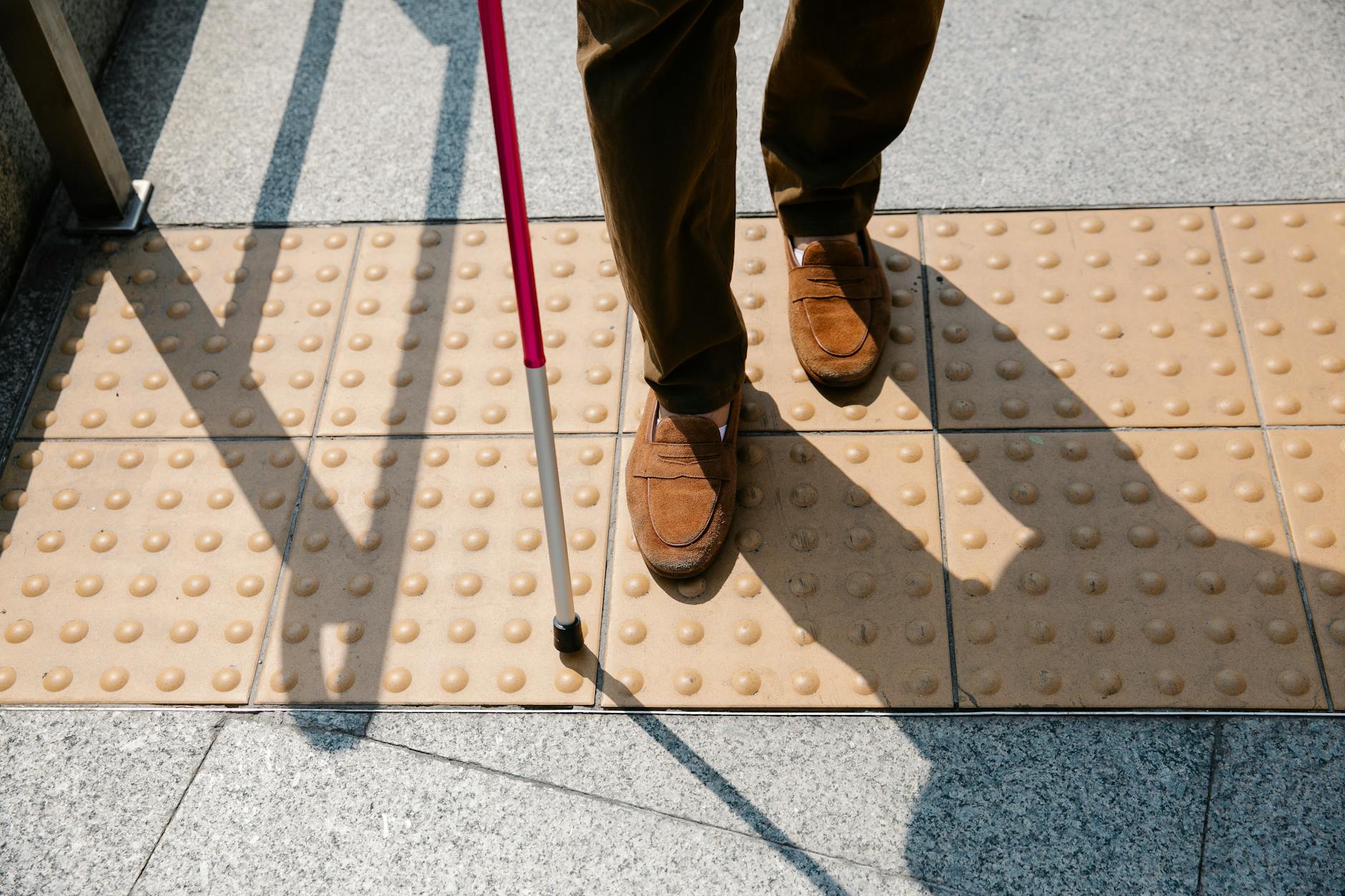Tools and Apps for Experiencing Visual Impairments: Fostering Understanding and Empathy
Introduction: The Importance of “Understanding” Visual Impairments
Visual impairment encompasses more than total blindness—it includes conditions like tunnel vision, central scotomas, and cataract-induced blurriness. Gaining an understanding of these various ways of seeing is a crucial first step toward a more inclusive society. By using tools and apps that simulate visual impairments, sighted individuals can better grasp the challenges faced by those with vision loss and develop deeper understanding and empathy.
1. Goggle- and Glasses-Based Simulation Tools
Harigai Visual Impairment Simulation Goggles
Developed by Dr. Ryoko Harigai, a practitioner in low vision care, these goggles allow users to simulate various visual impairments. By swapping out sheets that mimic symptoms such as cataracts, tunnel vision, and central scotomas, users can experience different visual conditions. The disposable, lightweight design makes them ideal for educational settings and workshops.
Low Vision Experience Kit (by PLAYWORKS)
Developed by PLAYWORKS Inc., this is a buildable glasses-style kit that replicates tunnel vision, cloudiness, and central vision loss. The sheets are pre-cut and easy to assemble, making them convenient for use in workshops and training sessions.
DAS Visual Impairment Simulation Kit
This kit includes simulation lenses designed by ophthalmologists and low vision experts to replicate various visual impairments. It is intended for use in educational and medical environments, helping users gain a more technical and accurate understanding.
2. Digital Simulation Tools and Apps
Vision Loss Simulator
A browser-based tool that allows users to simulate how vision is affected by conditions such as glaucoma, cataracts, diabetic retinopathy, and macular degeneration. By experiencing these visual changes, users can gain insight into the nature of each condition.
VISIONGRAM
This tool recreates visual fields using dot patterns based on real vision test data from individuals with visual impairments. It effectively conveys the experience of tunnel vision and central scotomas and is widely used for educational and awareness purposes.
3. VR-Based Visual Impairment Simulation
The University of Tokyo’s Institute of Gerontology has developed a VR simulation app using head-mounted displays (HMDs). It enables users to experience conditions such as tunnel vision, reduced visual acuity, and spatial neglect. The simulation allows users to feel the difficulty of navigating both indoor and outdoor spaces.
4. Use Cases in Educational Settings
Hyogo Prefectural Yumesaki High School offers classes where students participate in visual impairment simulations to foster empathetic attitudes. By wearing simulation goggles, students experience how people with visual impairments see and learn about the everyday challenges and accommodations needed.
Target Audience and Impact
This article is intended for educators, welfare and healthcare professionals, corporate HR trainers, and anyone interested in deepening their understanding of visual impairments. Simulating vision loss helps individuals recognize the importance of empathy and appropriate support, contributing to the realization of a more inclusive society.
Conclusion
Tools and apps that simulate the experience of visual impairment are powerful educational resources for building understanding and empathy. By incorporating these into classrooms, training sessions, and workshops, we can help foster sensitivity to the needs of people with vision loss and support the development of a society where everyone can thrive. We encourage you to explore these tools and deepen your understanding of visual impairments.
